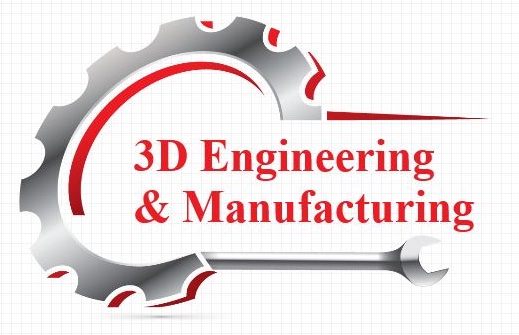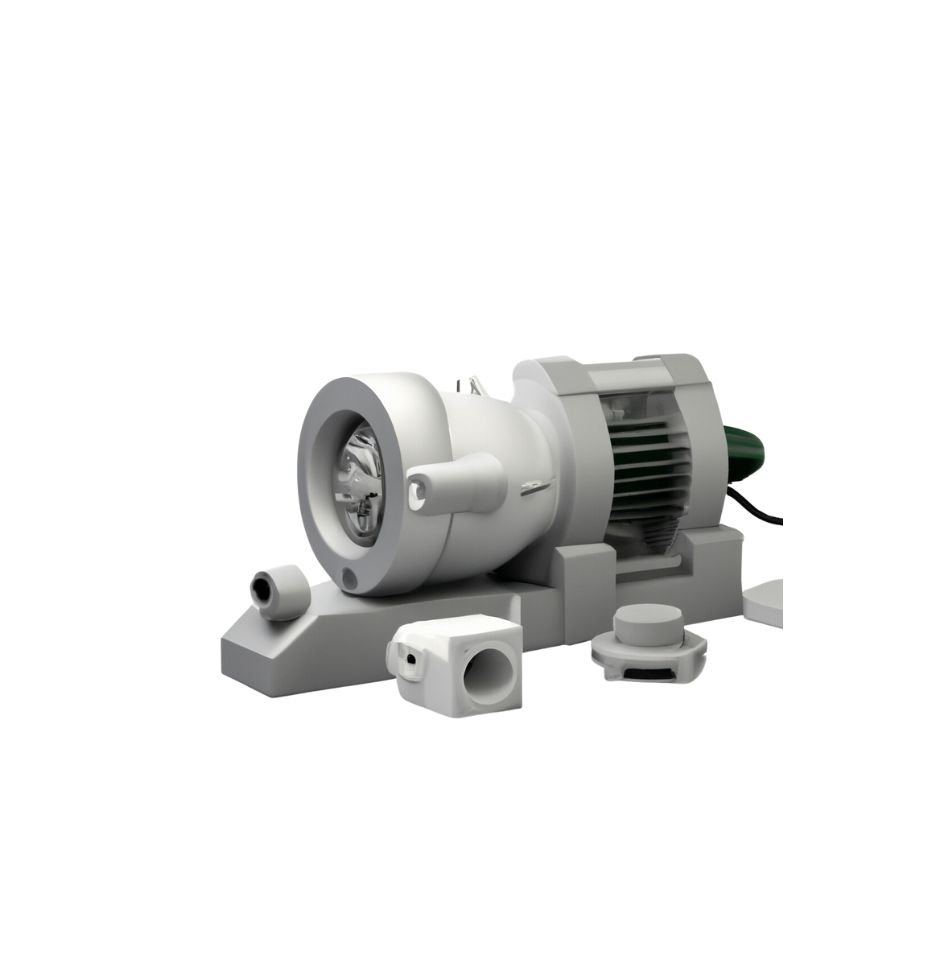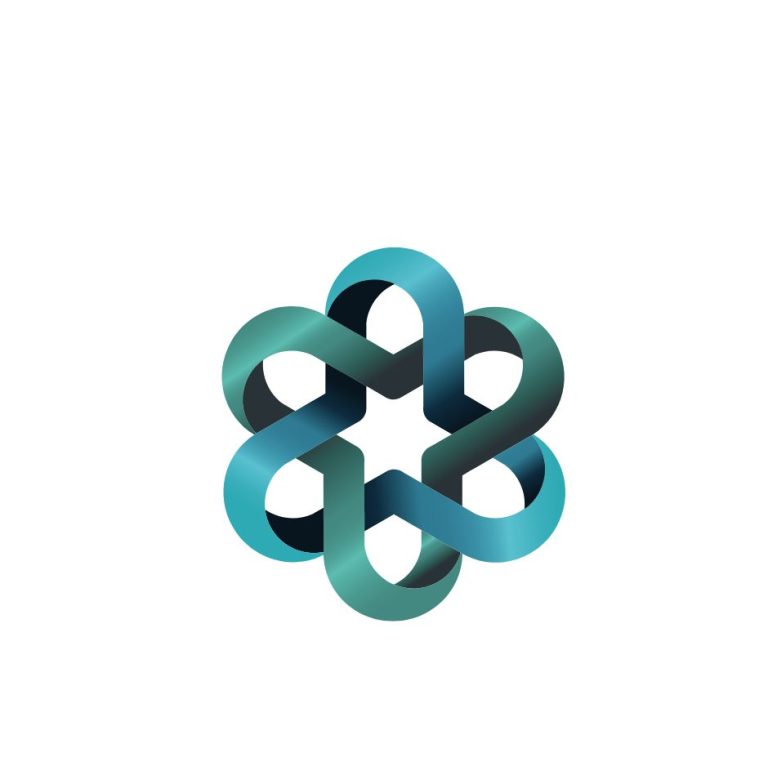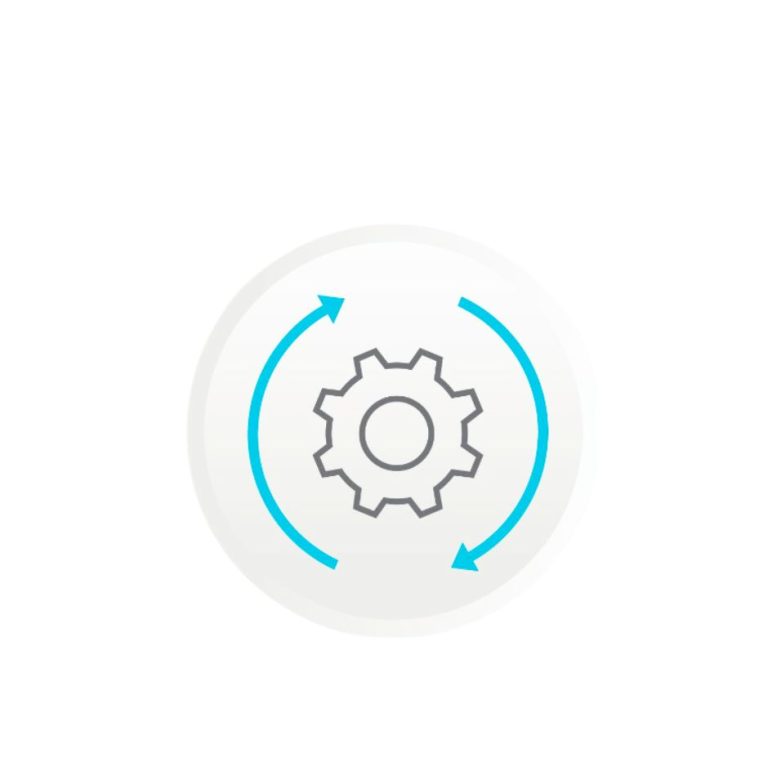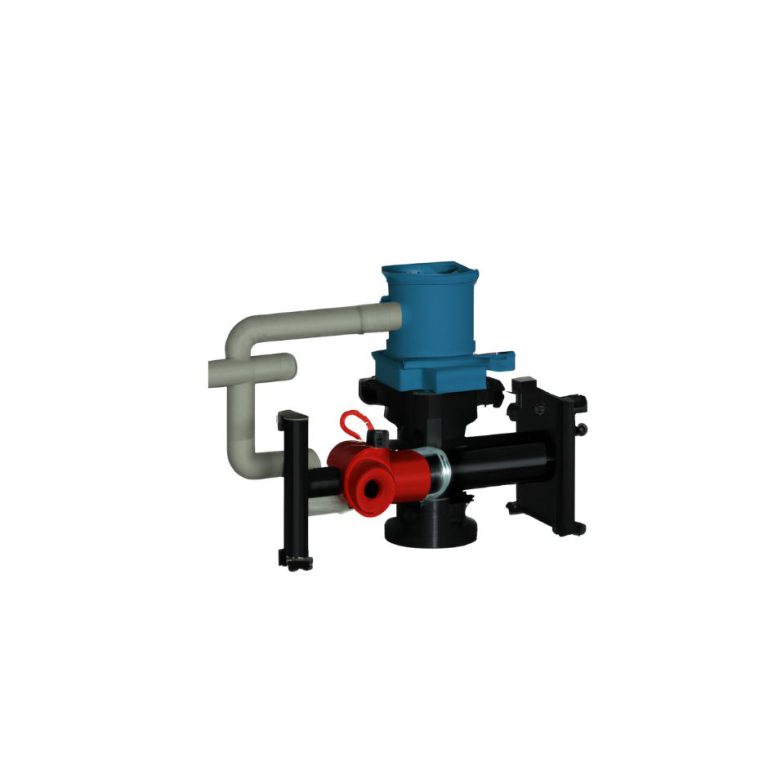The Benefits of 3D Scanning for Product Design and Development
The process of product design and development has come a long way in recent years, with technological advancements enabling designers to create and refine products in ways that were previously impossible. One such advancement is 3D scanning, which allows designers to create accurate digital models of physical objects. In this essay, we will explore the benefits of 3D scanning for product design and development.
First and foremost, 3D scanning allows for the creation of highly accurate digital models of physical objects. This is particularly useful for products that are complex or irregular in shape, as traditional methods of measurement and modeling may not be able to capture all the necessary details. With 3D scanning, designers can quickly and easily create a digital model that is an exact replica of the physical object, which can then be used for a variety of purposes, such as testing, prototyping, and production.
One of the most significant benefits of 3D scanning is that it allows for faster and more efficient product development. Traditional methods of product design and development can be time-consuming, with designers needing to create physical prototypes and make changes based on feedback from stakeholders. With 3D scanning, designers can create digital models that can be easily modified and refined as needed, without the need for physical prototypes. This not only saves time, but it also reduces costs associated with traditional prototyping methods.
In addition to speeding up the product development process, 3D scanning can also improve the quality of the final product. By creating highly accurate digital models, designers can more easily identify potential flaws or areas for improvement in the design. This allows for issues to be addressed early in the development process, reducing the risk of costly mistakes or design flaws that may be discovered later in the production process.
Another benefit of 3D scanning is that it can enable greater design flexibility. With traditional methods of product design, designers are often limited by the materials and manufacturing processes available to them. 3D scanning allows designers to create digital models that can be easily modified and adapted to different materials and production methods, allowing for greater flexibility in the design process.
Finally, 3D scanning can improve communication and collaboration between designers, engineers, and other stakeholders involved in the product development process. By creating accurate digital models, designers can more easily share their ideas and concepts with others, allowing for more effective communication and collaboration. This can lead to a better final product, as all stakeholders are able to provide input and feedback throughout the development process.
In conclusion, 3D scanning offers a range of benefits for product design and development, including faster and more efficient development, improved product quality, greater design flexibility, and better communication and collaboration. As technology continues to evolve, it is likely that 3D scanning will become an increasingly important tool for designers and manufacturers looking to create innovative and high-quality products.
